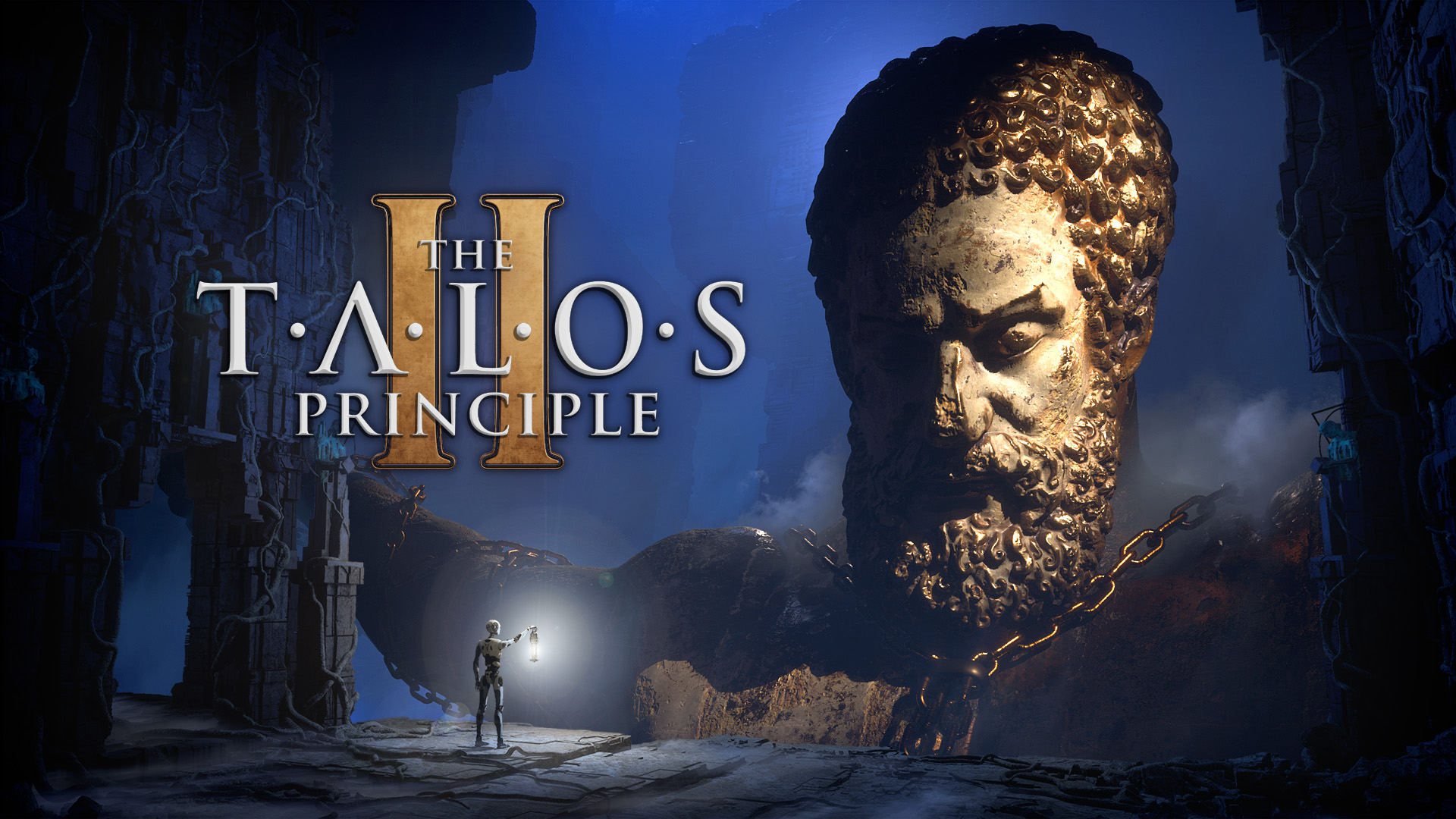Originally posted by haagch
View Post
I know what is DX, DX12, OpenGL and Vulkan. But there tens of VR standards and somehow they interoperate. Not only that, there are tens of different equipment for them. Occulus, Cardboard, etc. And to make things worse some emulate other, etc.
My wish is simple, I know there are VR enabled games. Supposedly our fav psychopaths from Croteam made a few games that even run VR on Linux. I would like to see demo of Talos Principle in VR.
DOTA2 supposedly supports VR and its free. I would love to watch live match of pro teams in VR, something i can do already on game engine.
Would be nice if someone could write some basic explanation around all those confusing standards anyway.


 message got unapproved and was one
message got unapproved and was one
Comment